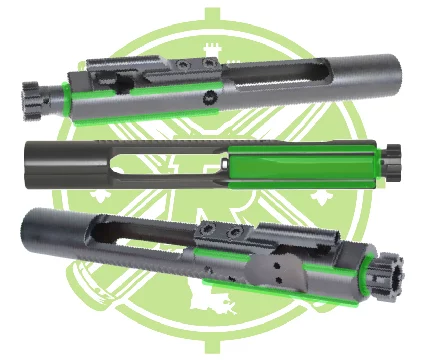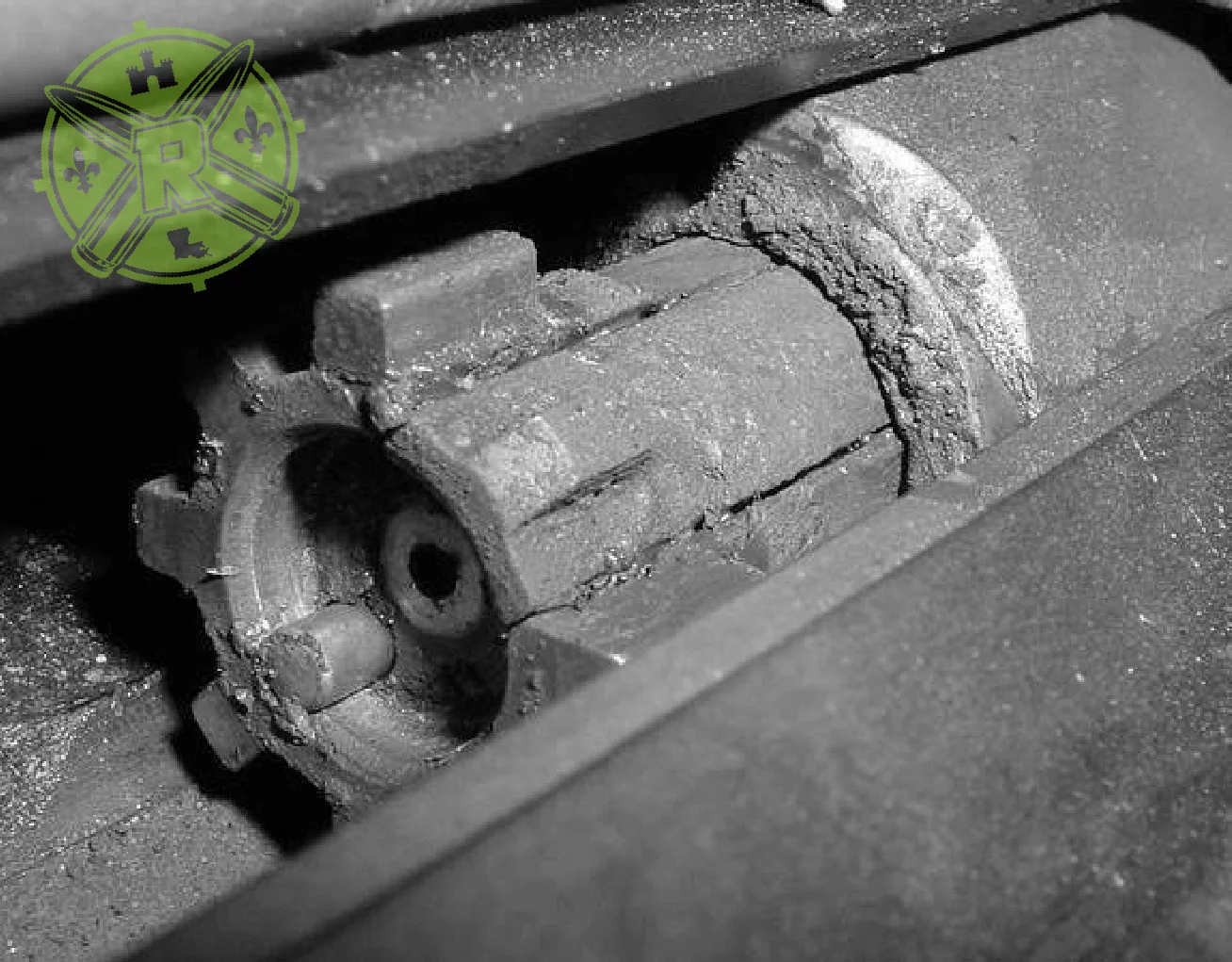Understanding AR15 lubrication:
If you’re a new AR-15 owner, you probably know that this rifle is a thing of beauty, but like any well-oiled machine, lubing up your new AR-15 requires a little TLC to stay in top condition. And by TLC, I mean lubrication. But don’t worry you’re not going to need to master the art of gun care overnight. Proper lubrication is simple, but it’s critical. Not only does it ensure your AR-15 operates smoothly, but it also helps prevent unnecessary wear and tear. So, let’s dive into the basics of how to keep your rifle slick, reliable, and ready for action. (Spoiler alert: It’s not just about making it look shiny though that’s a nice bonus!)
Why Lubrication is Important:
Think of lubrication as the unsung hero of your AR-15. Without it, your rifle would experience more friction, dirt buildup, and eventual parts failure. When you properly lubricate the internal components of your rifle, it cycles smoothly, improves accuracy, and ensures your rifle is ready when you need it most. In short, it’s the difference between a smooth-shooting experience and a jammed-up headache.
And let’s be honest, nobody wants to be the guy whose rifle misfires when it counts. So, take a moment to thank the magic of lubrication. It’s like giving your AR-15 a spa day—but instead of cucumbers on the eyes, it’s high-quality oils keeping things running at peak performance.
Choosing the Right Lubricant:
Not all lubricants are created equal, and choosing the right one can make a big difference in your rifle’s performance. There are generally two types: wet lubes and dry lubes. Wet lubes tend to be thicker and offer better protection against heat and friction, while dry lubes are lighter and don’t attract as much dust.
Here’s a quick tip: Use wet lubes for general maintenance, especially if you expect to be using your AR-15 in hot weather. For dust-free environments or more range-friendly days, dry lubes will keep things clean and easy to maintain.
Remember: You wouldn’t use motor oil for your car’s brakes, so don’t reach for that random can of lubricant lying around the garage. Your AR-15 deserves something designed specifically for its needs—think of it as giving your rifle the premium treatment it deserves.
In a pinch its not uncommon for me to use Mobil-1 full synthetic 5w-30 in warmer months or even 0w-30 in the winter mixed with a little bit of full synthetic grease mixed to a consistency similar to warm honey. You want it to flow but also you want it to stick to the parts where you need it. Some call this “SOTARACHA” which is something that Chad Albrecht from School Of The American Rifle uses on all of his builds.
Lubricating for Warm vs. Cold Weather:
You may be thinking, “It’s just oil, right?” Well, not exactly. Weather plays a big role in how lubricants perform, and understanding the differences between warm and cold temperatures can make all the difference in the world.
In Warm Weather:
When temperatures climb, you’ll want to use a lighter lubricant. Heat can break down thicker oils, turning them into a gummy mess that could cause your rifle to malfunction. A lighter oil will allow your rifle to run smoothly without gumming up, even when the heat is on.
If you’re out at the range in the summer sun or handling your rifle in a warm climate, go for something that can withstand higher temps without losing its viscosity.
Quick tip: In hot weather, don’t let your AR-15 feel like it’s in a sauna. Choose a lubricant that keeps things cool and running without a hitch.
In Cold Weather:
When the temperature drops, your regular lubricant can become a problem. Lighter oils may thicken, and some can even freeze, causing your AR-15 to jam when you need it most. That’s why it’s important to switch to a heavier oil or a lubricant specifically designed for cold weather.
During the colder months, you’ll want something that remains fluid even in low temperatures, keeping all the internal parts moving freely. If you’re operating in freezing conditions, don’t skip this step – it’s like putting on a thick winter coat for your rifle.
Quick lube note:
In the summer, you want your lube to be thick and hearty, like a warm stew—not a summer smoothie.
In the winter, you want your lube to be a little bit thinner, like a fricassée consistency so that it doesn’t gum up with the lower temperatures
Where to Apply Lubricant:
Now, where exactly should you apply that sweet, smooth lube? The key areas to focus on are the bolt carrier group (BCG), charging handle, and internal moving parts. These areas experience the most friction, so they need the most attention.
• Charging Handle: Apply a thin layer on the top side and the sides of the charging handle “where it comes in contact with the upper receiver”
• Bolt Carrier Group: Apply a layer on the rails of the BCG where the slides on the upper receiver and on the very bottom where it comes in contact with the hammer. [see areas highlighted bright green on the image below]

Lubricating Tips to Remember:
It’s not about slathering it everywhere. You’re aiming for a thin, even coating on the metal parts that experience the most wear. Overapplying can cause gunk and dirt to stick, leading to more cleaning than necessary. Think of it as a spa day for your rifle with just the right amount of lube in the right places.
Lubricating Tips for Novices:
Keep it clean: Regularly clean your rifle before you apply lubricant to ensure that no dirt gets trapped under the oil.
Don’t overdo it: A little goes a long way and too much lubricant can attract grime and cause buildup.
When in doubt, apply sparingly: It’s always better to apply a small amount and add more if needed than to go overboard from the start.
In the world of AR-15 maintenance, less is more. Apply just enough to keep things running smoothly, and you’ll avoid unnecessary messes.
Now Lube it Up!:
Now that you know the basics, it’s time to give your AR-15 the care it deserves. Ready to try the best lube for your rifle? Check out Remington’s Rem Oil designed to keep your rifle running smoothly in any weather. Whether you’re battling the heat of summer or the chill of winter, Remington’s Rem Oil is your rifle’s new best friend. Get yours today and experience the difference!




